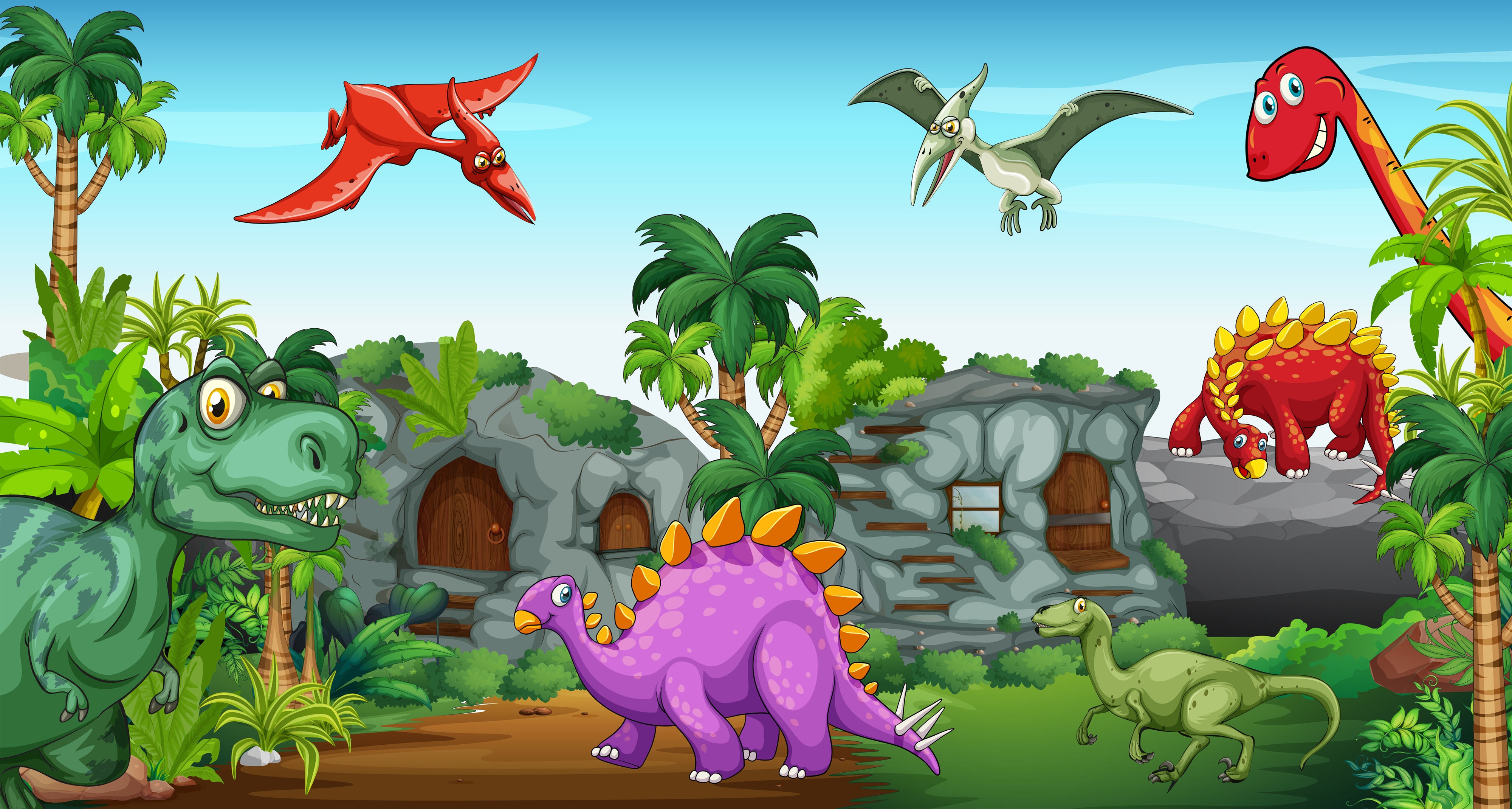The Lifecycle of Reactosaurus
 Aniket Varma
Aniket Varma
In the bustling land of Devlandia, where frameworks roamed free, there was a powerful and wise creature known as Reactosaurus. This mighty being was responsible for bringing life to the pages of the Web Jungle. Every time a new page needed to be brought into existence, Reactosaurus would go through a special lifecycle to ensure everything was in perfect order.
1. The Birth of Reactosaurus: Mounting Phase
One bright day, a new project called "MyComponent" was summoned in Devlandia. Reactosaurus was tasked with bringing it to life. The first step was the Mounting Phase, where Reactosaurus would open its eyes for the first time.
constructor(): This was the moment when Reactosaurus prepared itself. It gathered all the initial props and set up its internal state. Like a newborn, it was setting the stage for its future journey.
render(): Next, Reactosaurus began to visualize the world around it. It painted a picture of how things should look and where everything should be placed. This picture was just a blueprint, but it was crucial for what came next.
componentDidMount(): Finally, Reactosaurus was fully awake! With its world built around it, Reactosaurus started to interact with the environment, fetching data from distant lands (APIs) and setting up any long-lasting connections (like WebSockets). It was ready to live and breathe.
2. The Growth of Reactosaurus: Updating Phase
As time passed in the Web Jungle, things began to change. The props and state that Reactosaurus had initially received were no longer the same. This was when the Updating Phase began.
shouldComponentUpdate(): Reactosaurus, wise as it was, always asked itself whether it was necessary to change anything. It didn’t want to waste energy unless it was truly needed. If the answer was yes, it would move forward; if not, it would stay the same.
render(): If Reactosaurus decided a change was needed, it would paint a new picture of the world, adjusting the blueprint it had previously created. This new image would reflect the changes in its environment.
componentDidUpdate(): Once the new world was in place, Reactosaurus would take a moment to finalize any changes. It might need to adjust its connections or fetch new data based on the changes. Reactosaurus was always meticulous, ensuring everything was in order.
3. The End of Reactosaurus: Unmounting Phase
Every creature in Devlandia eventually reaches the end of its journey, and Reactosaurus was no different. When the time came, the Unmounting Phase began.
- componentWillUnmount(): As the world around Reactosaurus began to fade, it would gracefully disconnect from any external resources it was using. It would clean up after itself, ensuring no leftover tasks or connections were hanging around. Reactosaurus believed in leaving the Web Jungle as it had found it.
4. The Legacy of Reactosaurus: Beyond the Basics
Although Reactosaurus had a clear path through its lifecycle, it was also equipped with many tools to help along the way:
getDerivedStateFromProps(): Sometimes, Reactosaurus needed to adapt before even opening its eyes. This method allowed it to adjust its internal state based on the props it received, even before the world was fully painted.
getSnapshotBeforeUpdate(): Before updating its view of the world, Reactosaurus could take a snapshot, preserving a memory of how things used to be. This was useful when it needed to compare the old world with the new one.
componentDidCatch(): On rare occasions, something would go wrong in the Web Jungle, and Reactosaurus would encounter errors. But Reactosaurus was prepared. It could catch these errors and decide how to handle them, often by providing a fallback solution.
Conclusion
And so, the tale of Reactosaurus continues in Devlandia. Each time a new component is born, it follows the same lifecycle, ensuring that everything in the Web Jungle is in harmony. The wise Reactosaurus, with its understanding of the Mounting, Updating, and Unmounting phases, ensures that every page it brings to life is robust, efficient, and graceful in its existence. And so, the story of Reactosaurus is passed down from developer to developer, guiding them in their quest to build better and more reliable web applications.
Subscribe to my newsletter
Read articles from Aniket Varma directly inside your inbox. Subscribe to the newsletter, and don't miss out.
Written by

Aniket Varma
Aniket Varma
With a Bachelor’s degree in Information Technology and a strong foundation in JavaScript, React.js, and the MERN stack, I am passionate about innovation and continuous learning. I excel in dynamic environments, where I leverage my technical skills and creative thinking to solve complex challenges. My journey in tech is driven by curiosity and a commitment to making a meaningful impact. I am eager to collaborate, learn, and grow.